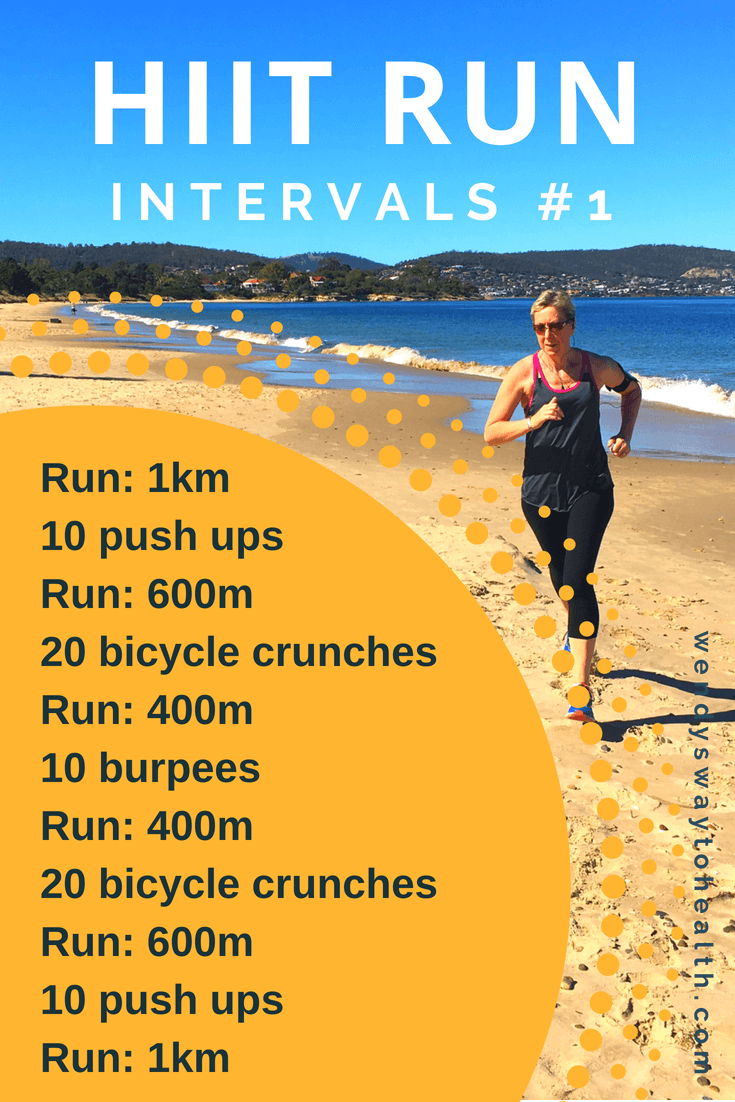Master Your Running Workout: Efficient Strategies for Success
Master Your Running Workout: Efficient Strategies for Success
Blog Article
The Ultimate Guide to Taking Care Of Pain When Running
For joggers, experiencing discomfort during runs is not unusual, and knowing exactly how to effectively manage and prevent it can make a significant difference in your overall efficiency and enjoyment of the sporting activity. Whether you are a skilled marathoner or just beginning your running journey, recognizing the numerous kinds of pain that can develop and the techniques to address them is important. From pre-run warm-up regimens to appropriate shoes choice, there are various variables to consider when it comes to dealing with discomfort while running. This detailed guide will furnish you with the expertise and tools required to browse through the pain and empower you to accomplish your running goals with greater simplicity.

Comprehending Various Sorts Of Running Pain
When running, it is necessary to identify between different sorts of discomfort to stop injuries and optimize performance (Read More). One common type of pain that joggers may experience is muscular tissue soreness, which usually occurs from the anxiety put on muscular tissues during exercise. This kind of discomfort is commonly a typical part of the running process and can be taken care of with proper workout, cool-down, and stretching regimens
An additional sort of pain to be conscious of is joint discomfort. Joint pain can suggest concerns such as overuse, improper type, or underlying problems like arthritis. Disregarding joint discomfort can result in a lot more extreme injuries, so it is essential to attend to any kind of discomfort quickly and perhaps look for expert advice.
Furthermore, sharp or stabbing discomforts need to not be disregarded. These types of discomfort can signify intense injuries such as strains, sprains, or stress and anxiety fractures - running workout. Continuing to go through these kinds of discomfort can aggravate the injury and lengthen recovery time

Pre-Run Workout and Extending Regular
To prepare the body for a running session, executing an efficient pre-run warm-up and stretching routine is necessary. A correct workout aids raise blood circulation to the muscular tissues, boosts adaptability, and lowers the risk of injury throughout the run. Start with dynamic stretches like leg swings, arm circles, and high knees to slowly increase your heart rate and loosen up the muscles. Dynamic stretching aids resemble the movements you'll be doing while running, preparing your body for the activity in advance. Follow this with fixed stretches concentrating on significant muscle mass groups such as the hamstrings, quadriceps, calves, and glutes. Hold each go for concerning 15-30 secs without jumping to advertise muscle mass leisure and adaptability. Remember to pay attention to your body and change the intensity of your workout based upon your health and fitness level and any kind of pre-existing conditions. By including a consistent pre-run warm-up and extending regular into your running routine, you can optimize efficiency and reduce the threat of discomfort or injury.
Appropriate Footwear Option and Fit
Choosing appropriate shoes that fits well is essential for joggers to stop discomfort and minimize the risk of injuries. Uncomfortable footwear can cause sores, black toenails, shin splints, and various other uncomfortable conditions that can impede efficiency and sideline training. When selecting operating shoes, it is vital to consider aspects such as foot type, running gait, arch assistance, padding, and shoe dimension. running strategy. Going to a specialized running shop for a gait evaluation and specialist fitting can assist ensure that you choose the right footwear for your specific needs. Running footwear need to provide sufficient assistance and security while also fitting and lightweight. In addition, it is recommended to replace your running footwear every 300-500 miles to keep correct cushioning and support. Buying top notch shoes that is suitable for your running style and foot composition is an aggressive action in the direction of stopping discomfort and injuries throughout your runs.
Nourishment and Hydration Tips for Discomfort Avoidance

Hydration is equally vital for runners to prevent pains, dehydration, and other pains that can lead to discomfort throughout running. It is suggested to consume alcohol an appropriate quantity of water throughout the day and specifically before, throughout, and after running sessions. Electrolyte-rich drinks or sports beverages can also be valuable for restoring shed minerals and maintaining appropriate liquid equilibrium. running workout (Read More). By prioritizing nourishment and hydration, joggers can improve their efficiency, minimize discomfort, and enjoy a much more comfy running experience.
Post-Run Recovery Techniques to Alleviate Discomfort
Executing efficient healing methods is necessary for relieving discomfort and advertising muscular tissue healing after running sessions. Furthermore, icing sore locations for 15-20 mins can assist decrease inflammation and numb pain post-run.
Consuming a balanced treat or meal that includes protein and carbohydrates within 30 mins of finishing a run can aid fix muscle tissue and restore energy stores. By integrating these post-run recovery methods advice into your routine, you can effectively handle pain and maximize your running efficiency.
Conclusion
To conclude, resolving different kinds of running pain via appropriate warm-up, extending, footwear option, nutrition, hydration, and post-run recuperation methods is essential for discomfort prevention and monitoring. By understanding the sources of pain and applying these methods, runners can lessen pain and prospective injuries. It is crucial to prioritize total physical health and wellness and health to guarantee a successful and satisfying running experience.
Report this page